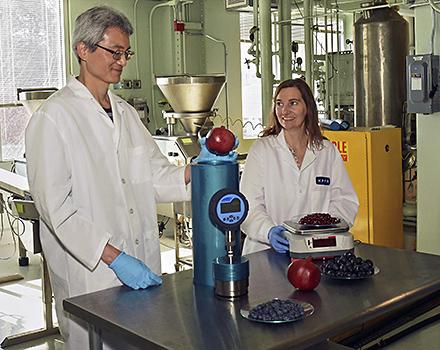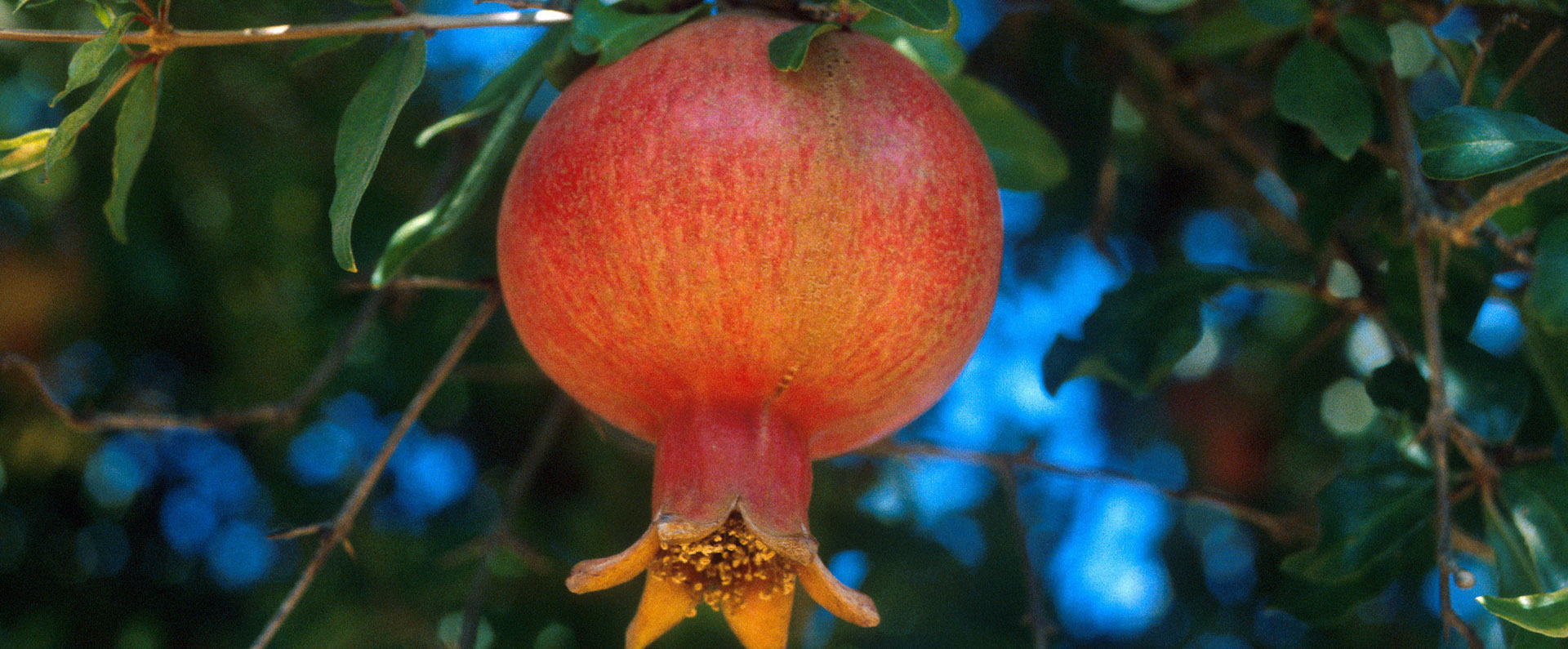Revolutionary New Freezing Method Promises Better Food Quality and Energy Savings

A new method of freezing food without turning it rock solid could not only improve the quality, but save energy and reduce greenhouse gas emissions, too. Developed by a team of ARS and University of California-Berkeley scientists, “isochoric” freezing works by storing foods in a sealed, rigid container that’s completely filled with a liquid such as water. Unlike conventional freezing in which the food is exposed to air and freezes solid at temperatures below 32 degrees Fahrenheit, isochoric freezing preserves food without turning it to solid ice.
Worldwide adoption of isochoric freezing over conventional methods could cut energy use by as much as 6.5 billion kilowatt-hours annually. This switchover could also reduce power-related carbon emissions by 4.6 billion kilograms—the equivalent of removing roughly one million cars from roads!
Read "New Food Freezing Concept Improves Quality, Increases Safety and Cuts Energy Use" to learn more.



